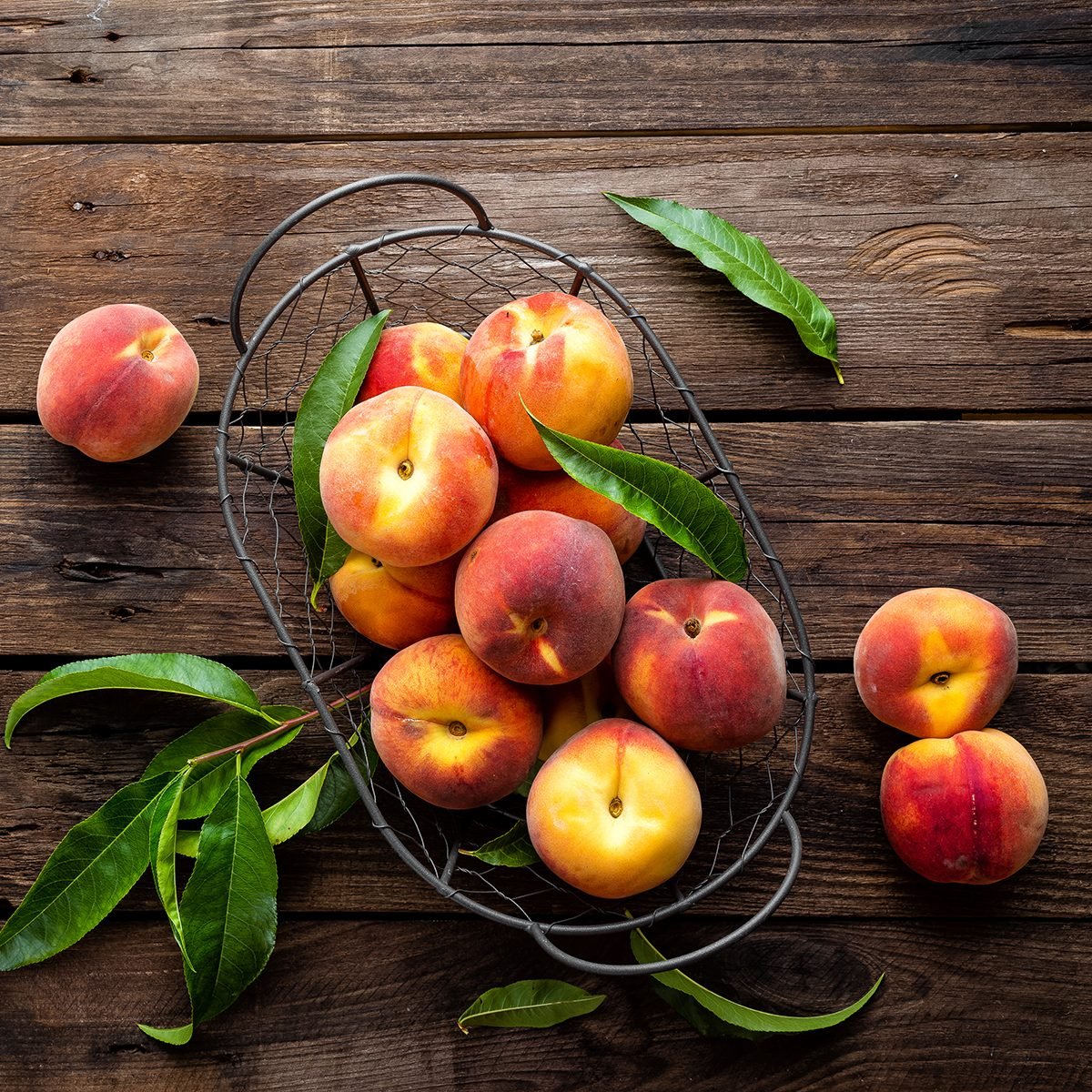
Peaches and nectarines: Packed with potassium
Everyone knows that bananas boast high amounts of potassium, but two small peaches or nectarines have more of the essential mineral than one medium banana, boosting nerve and muscle health. The skins, in particular, are rich in antioxidants and insoluble fiber. And for those watching their weight, peaches are a healthy way to add sweetness to any diet. These are our favorite ways to enjoy fresh farmers market peaches.

Pineapple: Powerful anti-inflammatory
Grilled, frozen, dried or fresh, this sweet and tangy tropical fruit is jam-packed with bromelain, an anti-inflammatory enzyme that has been shown to reduce the risk of heart attacks and strokes, as well as increase fertility. And that’s not all. Here are 10 incredible benefits of pineapple for beauty and health.

Grapes: Heart healthy
As one of the world’s oldest and most abundant healthiest fruits, grapes have been proven to ward off heart disease and high cholesterol, thanks to high levels of the antioxidants quercetin and resveratrol. Each little bulb is also a great source of potassium and iron, which prevent muscle cramps and anemia. Stick with the purple or red kind, as they contain the highest concentration of healthy compounds. These gorgeous grape recipes will help you get more of them in your diet.
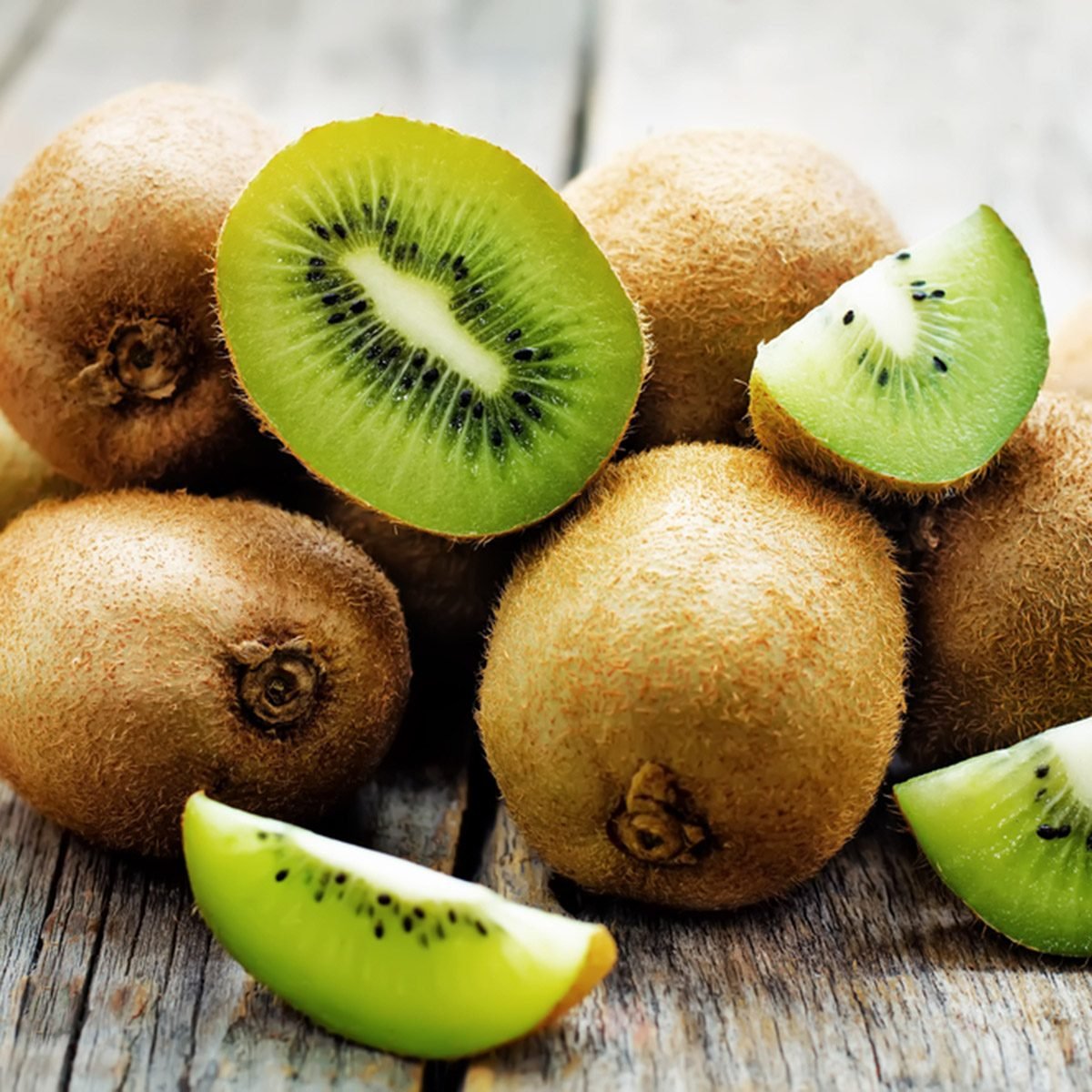
Kiwi: Loaded with vitamins
Beneath its fuzzy skin is a sweet fruit loaded with vitamins C and E, both strong antioxidants that protect against cancer and promote eye health. Kiwis are also low in calories and high in fiber, making them ideal for weight loss. Because they can last up to four weeks when stored in the refrigerator, they are a great snack to keep all year round. By the way, here’s how to eat a kiwi.

Mangoes: Immunity boosters
Mangoes are becoming increasingly popular among nutritionists due to their exceptionally high levels of beta-carotene, which the body converts into vitamin A to promote bone growth and a healthy immune system. Even more, these exotic treats are packed with more than 50 percent of your daily vitamin C—that’s more than oranges provide. After you get your daily dose of the healthiest fruits for your body, try some of these exotic fruits you can probably find at the farmers market.

Apples: Brain- and heart-healthy
One medium apple is low in calories (only 80!) but heavy on quercetin, a powerful antioxidant that protects brain cell degeneration, which can lead to Alzheimer’s disease. Adults who eat apples are less likely to develop high blood pressure, according to one study. Apples can also lower cholesterol and prevent colon cancer, as well as promote healthy teeth and weight loss. Don’t forget to eat the skin, too—it’s especially rich in disease-fighting compounds like flavonoids, which reduce the risk of heart disease. Here are 37 healthy apple recipes, from sweet to savory, to get you started.
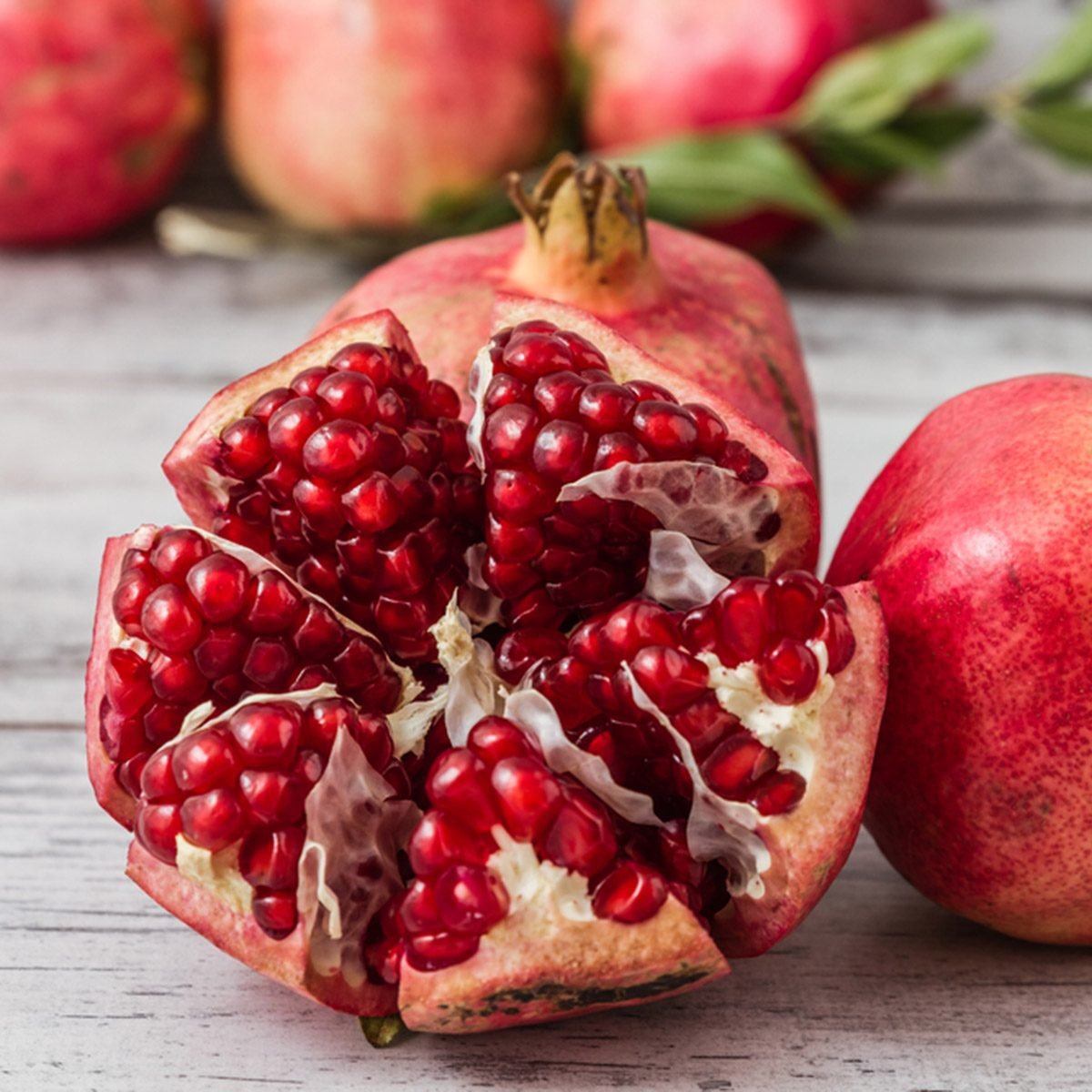
Pomegranates: More antioxidants than red wine or green tea
Pomegranate juice has two to three times the antioxidant capacity of red wine or green tea, and is also a great source of potassium, which sustains energy and controls high blood pressure. Research shows that drinking ¼ cup of pomegranate juice daily could improve cardiovascular health and lower cholesterol. However, talk to your doctor before you drink regular amounts of pomegranate juice, as it can sometimes negatively interact with prescription drugs. If you’re not sure how to eat pomegranates, these are some wonderful recipes that use them.
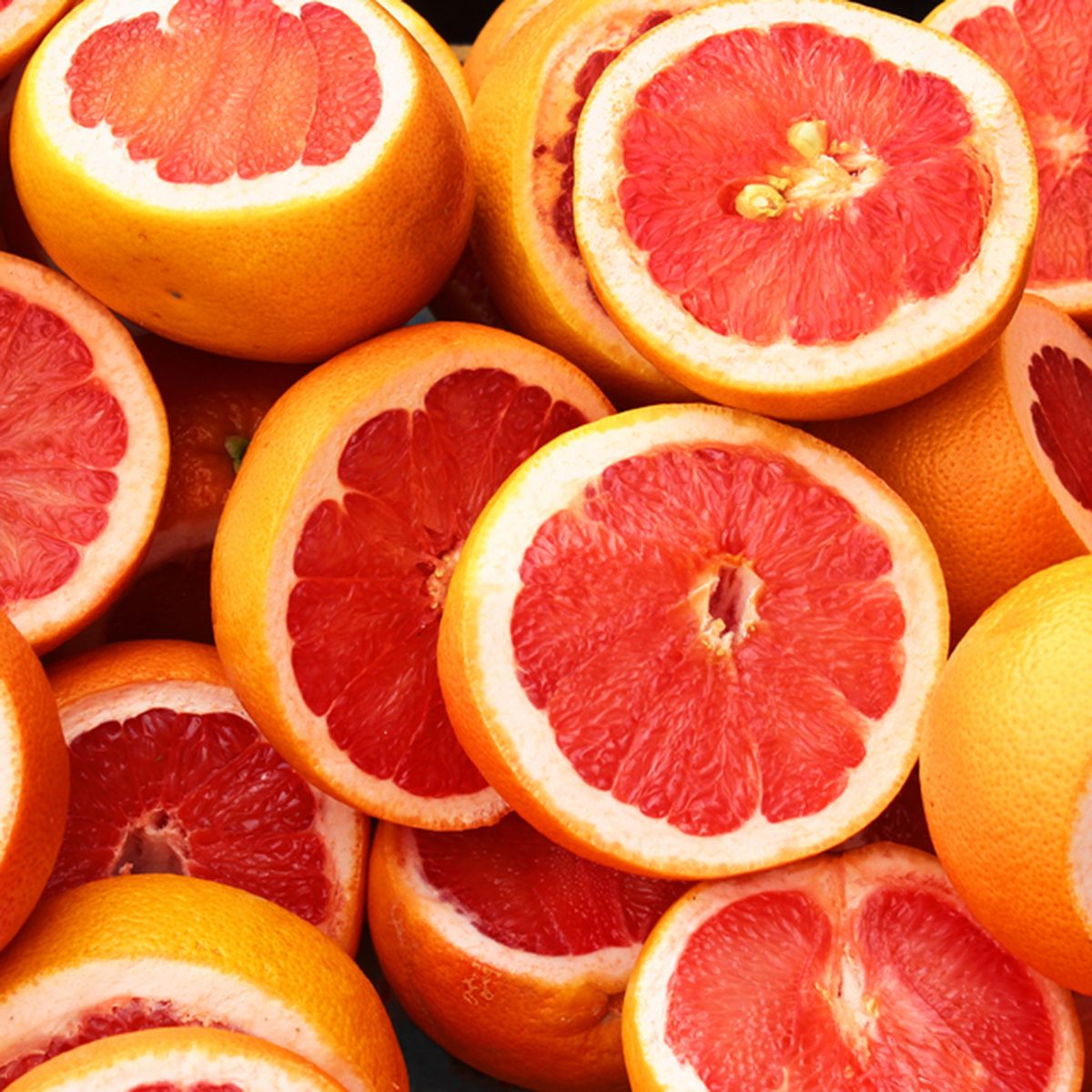
Grapefruit: Vitamin C powerhouse
Although oranges are a great source of vitamin C, grapefruits pack a bigger punch. Just half of a grapefruit contains nearly 50 percent of your daily vitamin C, as well as high levels of fiber, potassium and vitamin A. Studies have suggested that grapefruit can alleviate the symptoms of arthritis and repair damaged or oily skin and hair. It’s little wonder that this delicious fruit is no longer just a breakfast staple. They’re not just for eating, either. Here are 10 ways you can clean with a grapefruit.
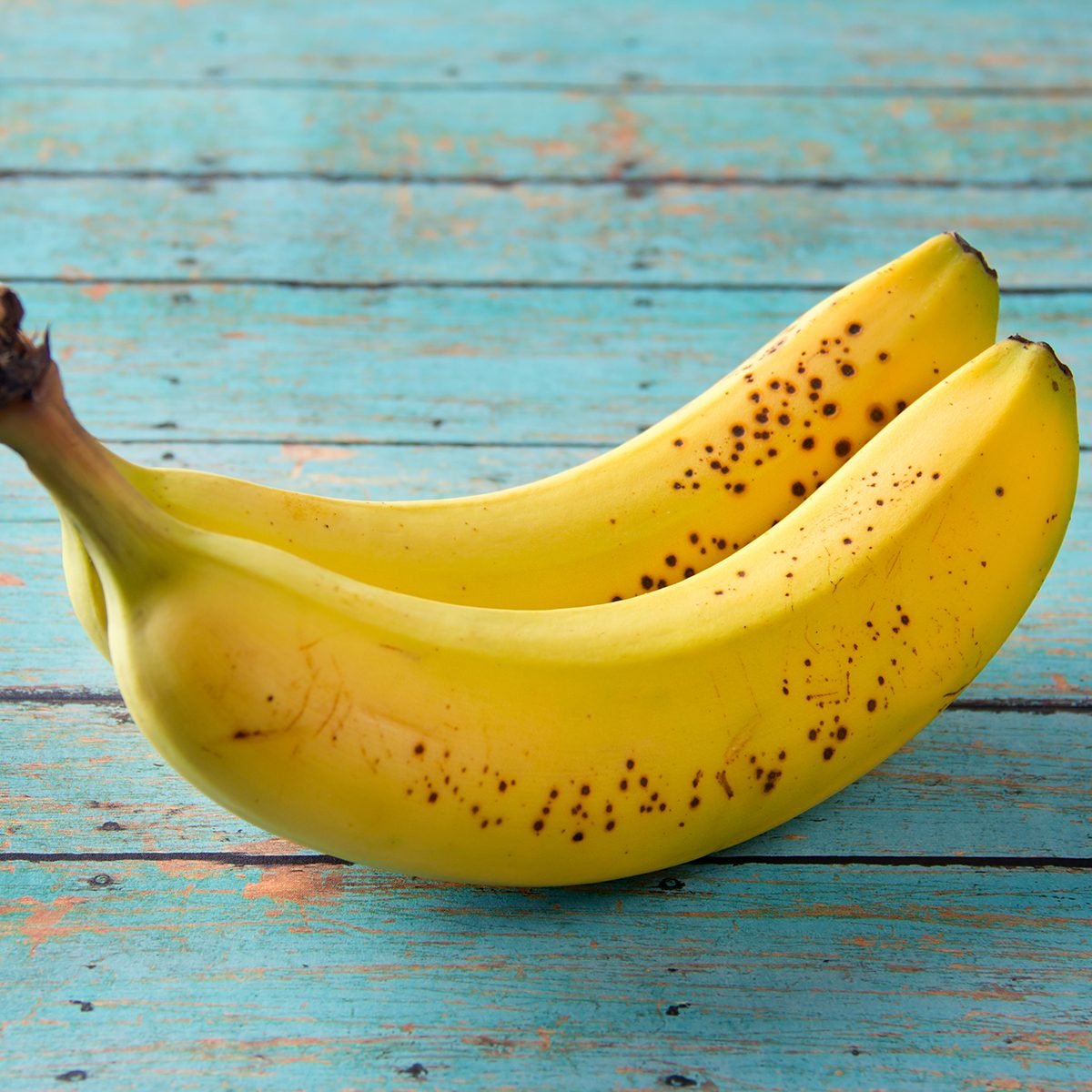
Bananas: Healthy on-the-go snack
A banana is the perfect on-the-go snack, already wrapped and full of potassium and fiber to promote long-lasting energy and keep you alert all day long. And since it contains no fat or salt, bananas are a much healthier snack option than a granola bar or bag of pretzels. Want to make your bananas last longer? Here’s a trick: Store them in the refrigerator after they’re ripe. Although the peel may turn brown, the fruit underneath will stay delicious for three to five extra days. Don’t know what to do with your overripe bananas?

Blueberries: Anti-aging powerhouses
Long considered one of the beloved “superfoods,” these sweet treats are tiny but mighty, loaded with antioxidants and vitamin C to help fight disease, as well as anthocyanin, a pigment shown to boost brainpower. One study found that people who ate the greatest amount of this fruit were less likely to develop age-related macular degeneration, the leading cause of blindness in older adults. Next, read about these healthy foods that are even more nutritious than you thought.
The post 10 of the Healthiest Fruits for Your Body appeared first on Taste of Home.
Reader's Digest Editors